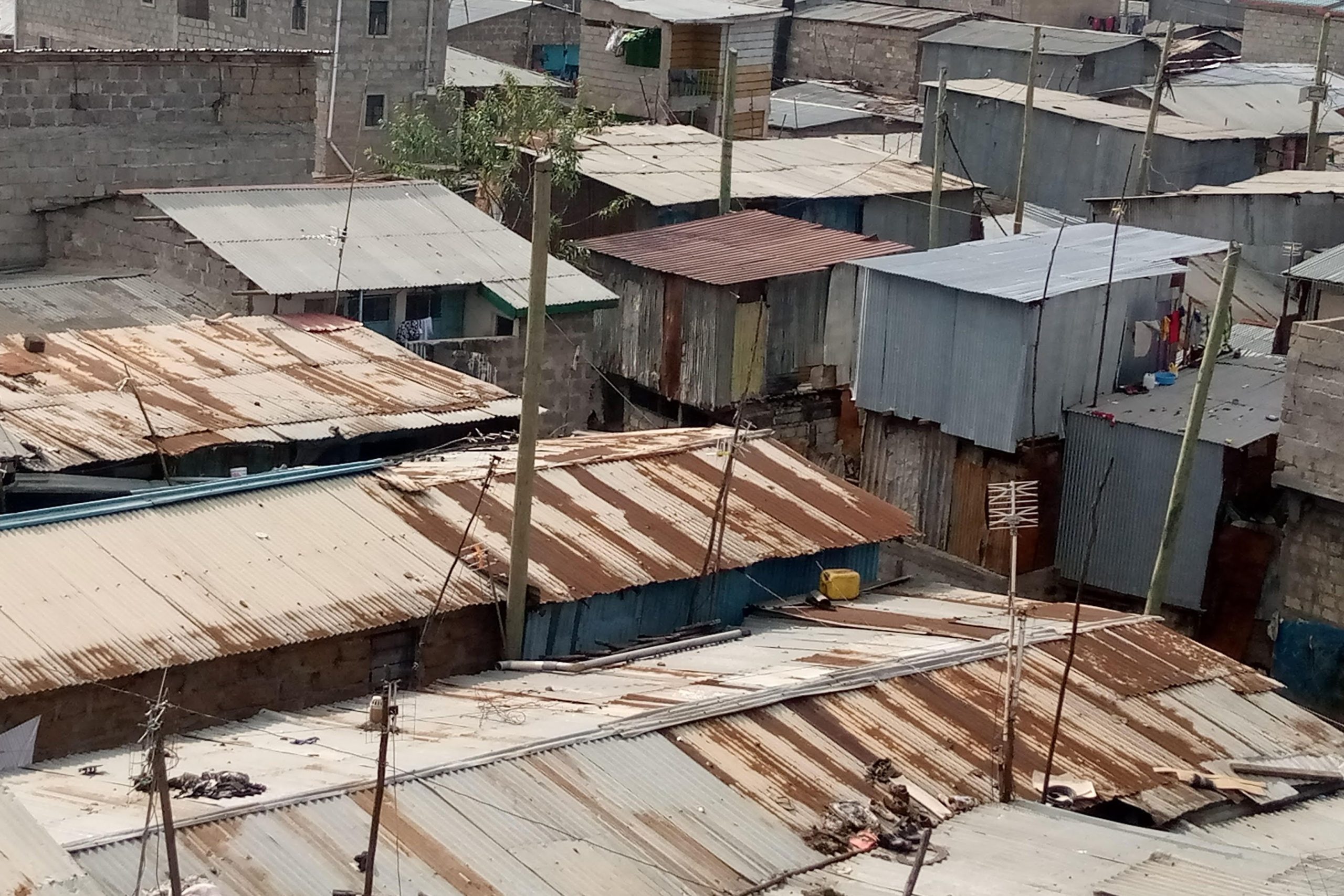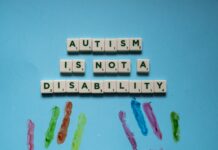By Hellen Njoki
The COVID-19 pandemic has caused unprecedented devastation to public health, economies, and socio-political environments globally. While the eventual impacts of the COVID-19 pandemic have yet to be fully established, there are visible disparities in the spatial incidence of the disease. Worldwide, urban areas have borne the brunt of the disease because of crowding, and it is no wonder then that the disease emerged within city boundaries in Wuhan, China, and spreading across major cities in Iran, Italy, Spain, and the rest of the globe.
While it has been clear that COVID-19 and population densities are inter-linked, questions abound however why some cities such as New York have had more COVID-19 related deaths compared to denser megacities such as Manilla with much poorer access to health services. In addition to persons with underlying health conditions, the urban poor and minority communities have been disproportionately affected by the disease in countries with large numbers of such persons. In the United States of America, for instance, an estimated 60% of all COVID-19 related deaths have been among members of the African American community. As the curve begins to flatten in some nations, it is anticipated that the stringent COVID-19 response measures shall be last relaxed with cities that must strengthen their preparedness to possible COVID-19 reinfections and future outbreaks.
In Kenya, the situation is no different. The hotspots of COVID-19 transmission have been within two of Kenya’s largest cities: Nairobi and Mombasa. Currently, Nairobi and Mombasa account for over 80% of all confirmed COVID-19 cases.
Kenya’s urban areas were largely unprepared for the COVID-19 pandemic. First, Kenya’s urban areas have poor governance structures espoused by poor service provision. Nairobi City’s management for instance had undergone significant institutional changes in the run-up to the COVID-19 pandemic. The National Government oversaw a transfer of major city functions away from the devolved government unit, to the Nairobi Metropolitan Services, which began operations in March 2020, a week after the WHO declared COVID-19 a global pandemic. Other urban areas in the country are yet to fully operationalize the Urban Areas and Cities Act (2011) by establishing fully functional Municipal Boards or hiring of Town Administrators. Their weak structures have therefore muted their responses to COVID-19.
The spatial planning approaches that have been promoted in Kenya and globally have largely been to develop ‘compact cities’, with high spatial densities and discouraging urban sprawl. Such cities like Nairobi and Mombasa have dense central business districts characterized by heavily populated streets, bus termini, markets, among others. These urban spaces have physical layouts that have exacerbated the spread of COVID-19, minimizing opportunities for social distancing, the core response to COVID-19.
Over 60% of the capital city population is categorized as poor, living within dense informal settlements which are either in the form of shanties or multistory apartments. These settlements are characterized by a lack of flowing water, sewer, open spaces, as well as poorly ventilated and lit housing. These characteristics have therefore made the implementation of COVID-19 responses such as social distancing, washing of hands, and contact tracing a challenge.
Inter-county movement restrictions have also curtailed the ability of the poor to migrate to the rural areas that have in the past served as social safety nets. While the government has made initiatives to cushion various economic sectors from losses, the informal economy is poorly documented, which makes tracking of small unregistered businesses difficult for purposes of government support.
The nexus of the lack of preparedness within Kenya’s urban areas and the COVID-19 responses put in place has resulted in increased vulnerabilities for urban poor communities and had overarching negative socio-economic impacts for other city residents. The COVID-19 pandemic therefore should serve as a catalyst for transformations in spatial planning in Kenya’s urban areas to build their economic, social, and environmental resilience for future pandemics. Urban spaces should be re-designed to allow for adequate airflow, spaced pedestrian circulation, natural lighting, solid waste management, and adequate sanitation facilities.
Planning for green spaces for relaxation in all neighborhoods should be prioritized, as these open spaces can also serve as temporary hospitals, morgues, quarantine, and mass testing centers or evacuation grounds in the event of future pandemics or disaster. One of the main challenges to planning for less dense spaces however is the fact that our urban space is both limited and contested, increasing the need for enhanced and inclusive stakeholder engagement and negotiation.
Other responses to COVID-19 in urban areas should include the prioritization of planning for non-motorized transportation such as walking and cycling, as opposed to that for solely motorized transportation systems. In addition, integrated policy frameworks and revised building regulations should be formulated to support the regularization of informal sector planning.
The COVID-19 pandemic has exposed the almost complete dependence of cities on rural hinterlands for food. Urban agriculture has often been frowned upon and yet it can support food production in the event of even more stringent city lockdowns. Creative uses of space for urban agriculture in heavily built-up areas such as green planted roofs can be explored. Sack gardening should be encouraged within city limits, as well as balcony gardens in individual apartments.
Finally, good urban governance is one of the key routes to sustainable urban development. Better governance can shift paradigms in the implementation of spatial plans. In addition, Kenya’s political leadership must acknowledge urban planning as an essential service to building resilient, safe, inclusive, and sustainable urban areas as envisaged under SDG 11. Such reforms can enhance the resilience of our urban areas to future pandemics and other unforeseen disasters.
Author: Hellen Njoki Wanjohi-Opil (Urban Planner: ACAL COVID-19 Think-Tank)
















Insightful discussions for urban planners and industry players in the built environment sector..
Comments are closed.